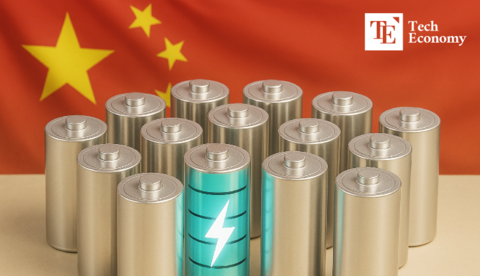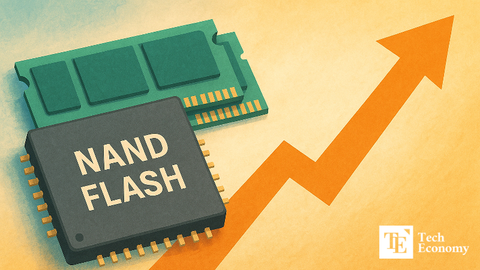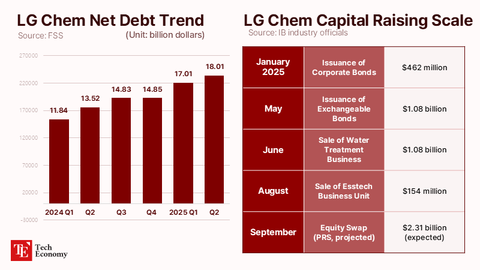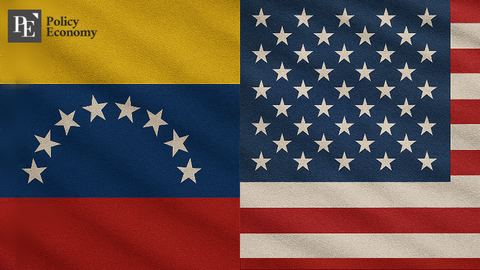“Trump Zeroes In on China” — 90-Day Tariff Pause Globally, But 125% ‘Bombshell’ Hits Beijing
Input
Modified
Tariff Truce Reversed Just 13 Hours After Mutual Measures Take Effect After China matched the U.S.’s 34% and 50% tariff hikes with proportional retaliation, Trump escalated again — slapping a 125% tariff squarely on China, while sparing other nations for negotiation leverage.

Just 13 hours after enacting sweeping reciprocal tariffs, U.S. President Donald Trump abruptly backtracked, announcing a 90-day suspension of the policy for most countries—while sharply escalating tariffs on China to 125%. The move reflects growing financial market turmoil and rising recession fears within the United States, as well as an effort to isolate Beijing and intensify pressure in the ongoing U.S.-China trade war.
Trump Halts Mutual Tariffs for 90 Days — Except on China
On April 9 (local time), Trump posted on his Truth Social platform that more than 75 countries had not retaliated against U.S. tariffs “in any way, shape, or form” since their enactment at 12:01 a.m. As a result, he said, he had approved a “90-day PAUSE” during which reciprocal tariffs would be drastically reduced to 10%.
Just a week earlier, during the “Make America Wealthy Again” (MAWA) event at the White House Rose Garden, Trump had announced across-the-board reciprocal tariffs of “10% + α” on all trading partners. The initial 10% base tariff was implemented on April 5, with additional punitive tariffs, calculated by country, taking effect on April 9.
These tariffs included both a flat base rate and additional “worst offender” surcharges for 57 nations, including China, South Korea, Japan, the EU, Taiwan, and India. Country-specific rates were as follows:
China: 34%
EU: 20%
Vietnam: 46%
Taiwan: 32%
Japan: 24%
India: 26%
Thailand: 36%
Switzerland: 31%
Indonesia: 32%
Malaysia: 24%
Cambodia: 49%
UK: 10%
South Africa: 30%
South Korea: 13% (on par with Canada and Mexico)
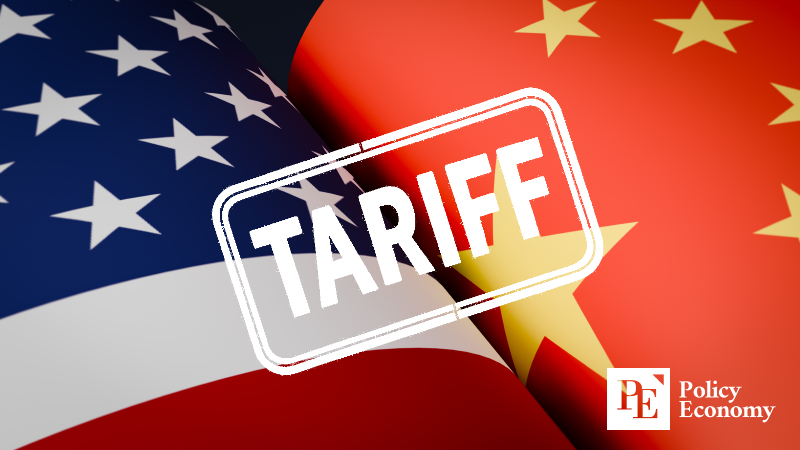
China Hits Back With 84%, U.S. Counters With 125%
While most countries will benefit from the 90-day pause and reduced 10% tariff, China is notably excluded. “Effective immediately, China’s tariffs will be raised to 125%,” Trump declared. “They need to understand that their days of ripping off the U.S. and the rest of the world are numbered.”
This bifurcated “two-track” strategy reflects Trump’s anger over China’s retaliatory tariffs, which were raised to 84% after the U.S. imposed a total of 104% duties. The tariff tit-for-tat has sharply escalated:
January: Trump imposed 20% tariffs twice, citing China’s lack of fentanyl control.
April 2: A 34% hike brought the total to 104%.
China responded with 50% more, raising its duties on U.S. imports to 84%.
April 9: Trump countered with another 50% hike, pushing U.S. tariffs on Chinese goods to 125%.
The move signals a strategic shift in the trade war, with the White House narrowing its focus from a global campaign to a full-force offensive on China.
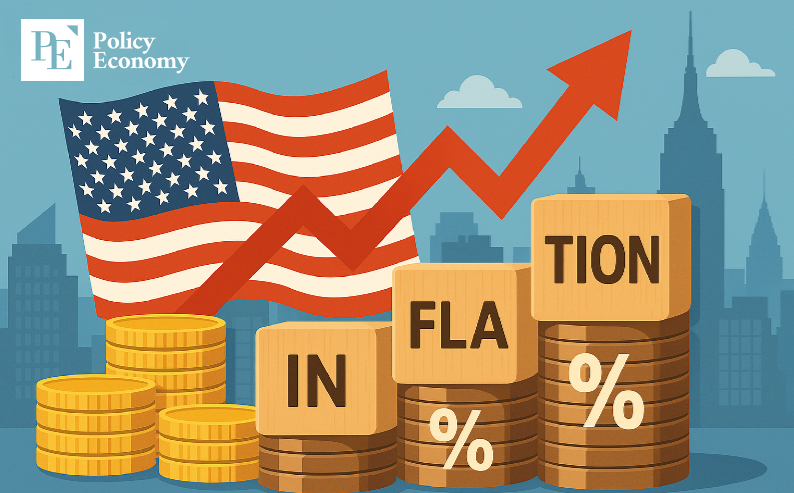
From Global Trade War to China-Focused Offensive
The reversal also comes amid growing fears that Trump’s tariff strategy could spark not just a recession but a financial crisis. U.S. Treasury markets have seen a massive sell-off, with 30-year bond yields spiking 50 basis points over three trading days. The falling value of Treasury bonds is triggering margin calls on leveraged trades, threatening broader liquidity and even systemic financial instability.
Analysts believe the pause underscores Trump’s view of tariffs as a negotiating tool, rather than a long-term policy. Wall Street has long suspected that Trump was using tariffs to extract investment and trade concessions, not to implement permanent protectionism. However, his recent hardline rhetoric had shaken market confidence and triggered panic.
It remains unclear whether the pause was part of Trump’s original strategy or a tactical retreat. Experts note that with most countries swiftly entering negotiations, Trump may feel he has already gained leverage—paving the way for a temporary rollback.
Following the pause announcement, the Trump administration reiterated its commitment to dialogue. Treasury Secretary Scott Besant said, “Each country will get a tailored solution, and that takes time. The president wants to personally oversee these talks, which is why we’ve paused for 90 days.”
Jamieon Greer, U.S. Trade Representative, added, “Many countries are now saying they want cooperation, not retaliation. The president is actively seeking ways to negotiate with them.”
As the trade war shifts from a global blitz to a targeted battle with Beijing, the next 90 days may determine whether diplomacy or escalation wins the day.

